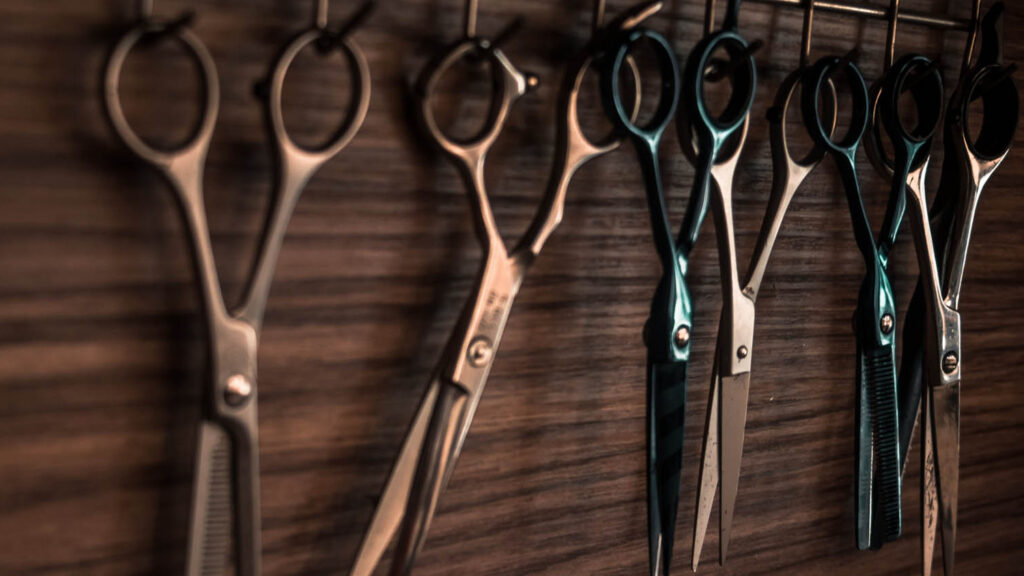Established tools and workflows don’t cut it for auto designers looking to shake up the market with brand new ideas, writes Stephen Holmes. And that’s driving newcomers to experiment with radically different approaches
It was while sitting in the barber’s chair this week that I had a revelation. Not that my dark hair is now locked in a losing battle with grey (that began years ago), but that the tools of the trade in most industries are far more a matter of individual choice than those used in design or engineering.
While I sat there, draped in a fetching leopard-print smock and forced to look at the reflection of my aging face under some uncomfortable lighting, the nonchalantly cool lads stood working behind each chair debated their preferred brands of trimmers, scissors and hairdryers. It was evident that each had a personal favourite for each stage of their workflow, and that the owner of the shop imposed no mandates on what brand, size or shape of kit they used.
In automotive design, everything still comes down to a narrow bunch of tools: Sketching, Alias, a big lump of clay and some shiny new XR kit
You can probably guess where I’m going with this. In automotive design, everything still comes down to a narrow band of tools: Sketching, Alias, a big lump of clay and some shiny new extended reality (XR) kit. Designers, moving from one company to another, typically get locked into their employer’s preferred toolset.
You can even accurately predict the next steps after styling: flip it into Catia or NX, and off it goes down the well-trodden path of reassuringly executable engineering. Yes, there are some outliers where another software slots in, but it’s generally a tight process, honed over decades, with a view to getting cars out of the imagination and on to the asphalt.
The arrival of electric vehicles (EVs) has opened up cracks in this wellworn route. New companies, on a mission to meet customer demand for electric powertrains rather than just slicker lines or more cupholders, has opened the door to new tools.
Forget legacy ways
The mammoth budgets, legacy infrastructures and long timeframes seen within the automotive market’s established incumbents don’t exist for its newcomers.
Running hard and fast with digital tools is the way forward, hence the increasing reliance on XR. Designers of auto interiors especially love this tech. It allows them to visualise a cabin, dash or seats in an unlimited number of materials.
The idea that some of these materials might be 3D printed feeds back into this high-speed workflow, where prototyping and verification happens within hours, not weeks.
The need for speed and cost effectiveness means new brands are willing to pick up both design tools and talent from other workflows. Free software like Blender and some game-design tools frequently pop up in conversation. The arrival and potential impact of generative AI is appreciated by everyone I spoke to, with tools like Vizcom either already in use or being deployed.
While the traditional pipeline remains, automotive studios are now more open to helping designers feel comfortable getting ideas out of their heads and into pixels.
On the surface at least, the big software companies are more open to working harmoniously with design data from other products. Autodesk executives, for example, have explained to us how Alias is happy to import Blender data, in order to keep the design process moving along as smoothly as possible. However, you get the sense this only goes so far. The openness exists to support the existing food chain and Autodesk’s position in it.
In with the new
So while change is happening, buoyed by the workflows of new brands, the old framework for designing a car hasn’t completely broken down. How long it persists will be interesting to see.
Will the next generation of great car stylists continue to emerge from the wellregarded classrooms of the RCA, Rhode Island and Turin — or will they hail from a games design course in Huddersfield or a programming degree in Bangalore? Or will new designs originate from a few simple prompts submitted to an AI engine?
Opening up the design pipeline, and the greater inclusion of designers might follow, can only breed more creativity, not cause stagnation. It works in other professions: after all, we don’t all walk out of the hairdressers sporting an asymmetrical Mohican. Well, not this time, anyway.






